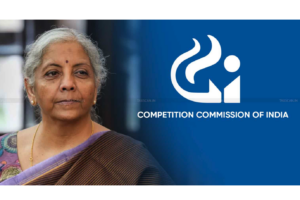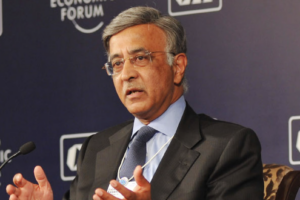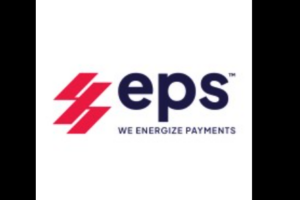
Thinner spreads1 and rising under-recoveries are expected to shave the operating profit margins of oil marketing companies (OMCs) by 150-170 basis points (bps) this fiscal, even as crude prices remain elevated and volatile.
Operating margins had declined ~160 bps in fiscal 2019.
“We also foresee net profit margins coming under pressure because of higher interest costs. OMCs have had to contract 22% more short-term debt last fiscal because of inadequate payments from the government, and also to service under-recoveries of the recent past.” says Prasad Koparkar, Senior Director, CRISIL Research,
In fiscal 2019, profitability of OMCs was hit as their average gross refining margin (GRM) declined by a third to $5.3 per barrel from $7.9 in fiscal 2018. This fiscal, GRMs are foreseen even lower at $4.0-5.0 per barrel (without considering inventory losses/gains) for two reasons:
1. Spreads, which have been under pressure since the third quarter of last fiscal, are expected to contract afresh this
fiscal, especially for motor spirit (petrol) and naphtha, because of oversupply in Asia following commissioning of new
supplies.
2. Additionally, US sanctions on Iran and Venezuela, and production cuts by the Organisation of Petroleum Exporting Countries are expected to keep crude oil prices firm at ~$70 per barrel and cause high volatility.
Higher crude oil prices would, in turn, increase under-recovery on account of liquid petroleum gas (LPG) and superior kerosene oil (SKO) to Rs 37,000-39,000 crore this fiscal. Last fiscal, under-recovery had surged 55% on-year to Rs 43,760 crore against Rs 24,830 crore budgeted by the government. The difference of ~Rs 18,900 crore was rolled over to this fiscal.
Now for this fiscal, the government has budgeted ~Rs 37,500 crore towards subsidy for under-recovery. Add the rolled over under-recover of last fiscal, and the total burden on the government is ~Rs 56,400 crore. “To be sure, the government can increase subsidy allocation in the Union Budget for this fiscal likely in July. But given financial constraints, it is unlikely to foot the whole bill. In such a scenario, the likely way out would be asking downstream public sector oil producers and OMCs to bear a part of the under-recovery.” says Says Rahul Prithiani, Director, CRISIL Research.
Upstream companies may not be asked to do the same as they have already contributed through divestment of some
government stake and have limited wherewithal. Overall debt of OMCs surged 39% to Rs 145,700 crore last fiscal, which cranked up their debt-to-Ebidta ratio to 2.5 times from 1.7 times in fiscal 2018.



